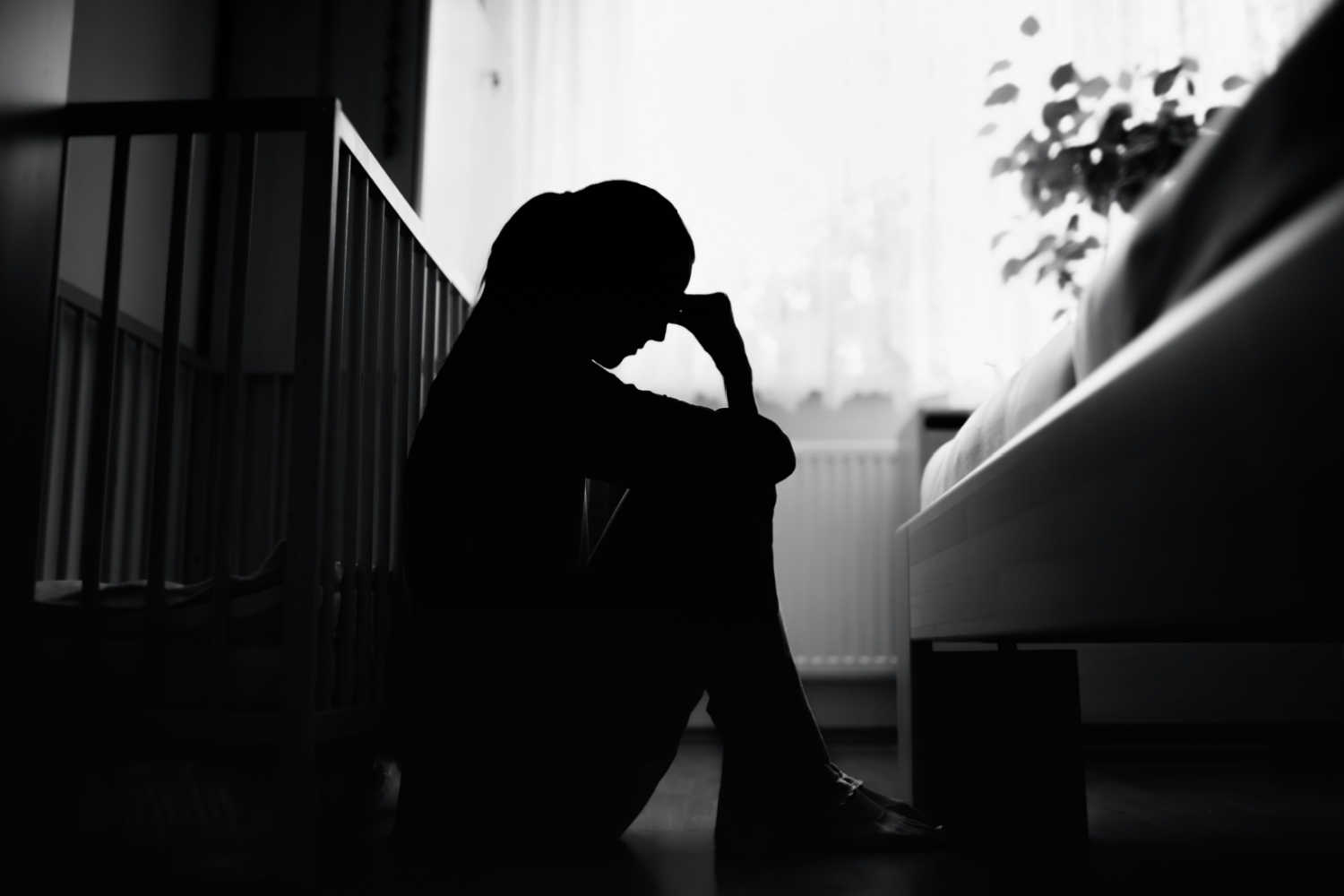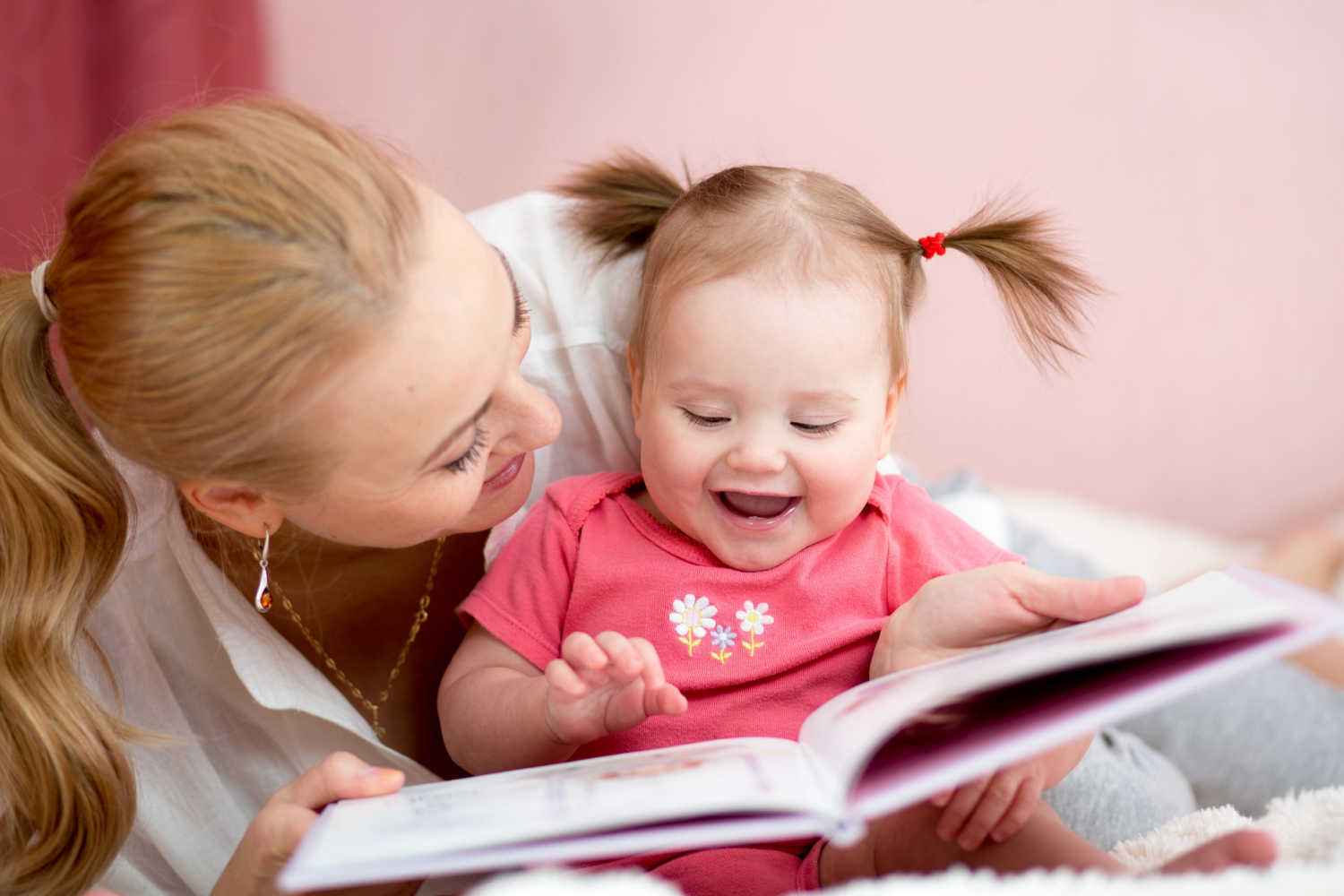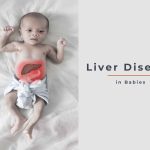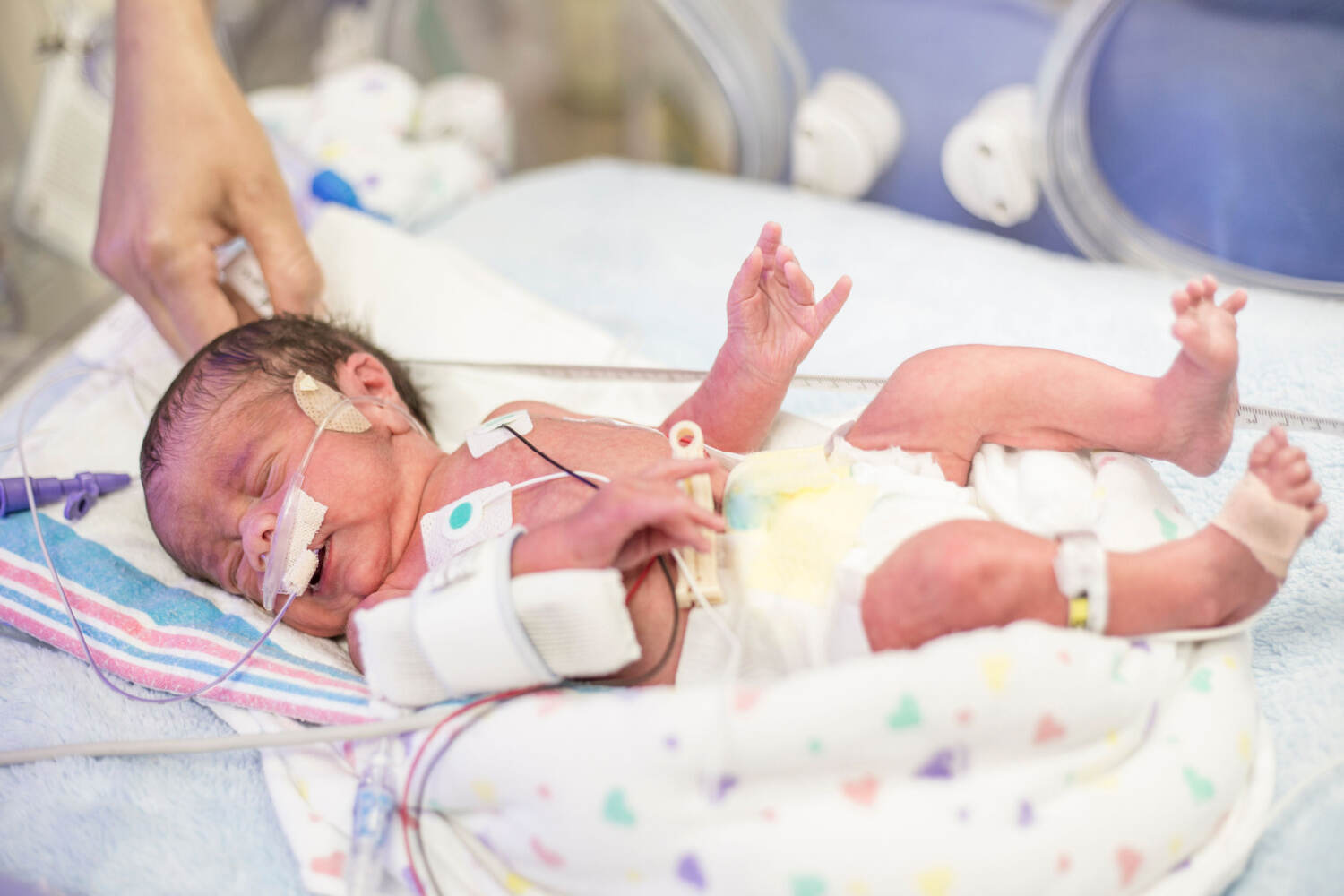
7 Signs Your Baby Is Getting Enough Breast Milk
6 min readWritten by Editorial Team


Every first-time mother would have asked the pediatrician at least once, “is the baby getting enough milk?” If you are exclusively breastfeeding your child, then you know how vital breast milk is for your child’s health and well-being. Also, it is important to understand signs your baby is getting enough breast milk. The breastfeeding experiences of mothers differ a lot. Some women tend to have a lot of breast milk (known as hyperlactation), and some mothers’ milk takes ‘time to come’ (known as low milk supply).
Some babies latch on like they were trained inside the womb, while some babies just wouldn’t latch well. There are babies who want to be fed often, making you feel they did not get enough in the previous feeds. Some babies do not wake up every 3 hours for a feed, making you wonder if he/she is too tired and dehydrated to get up! So many things to worry about when we cannot read the signs well. So, we, at www.beingtheparent.com, thought to clear up the doubts a bit.
In This Article
- What are the Signs That My Baby is Getting Enough Breast Milk?
- What are the Warning Signs if My Baby is Not Getting Enough Breast Milk?
- FAQ’s
What are the Signs That My Baby is Getting Enough Breast Milk?
First of all, you need to wipe off all the ‘am I producing enough milk’ doubt from your mind. You are. And if you are not in the beginning, then you will as soon as your baby starts feeding more. The more you feed, the more you will make milk. It is a simple demand and supply economics at play. Now, look or watch out for the below seven signs to gauge if your breastfeeding sessions are a success or not. But since, it cannot be measured that how much milk your baby is actually taking in, cues or signs from a baby are your only solace.
1. Baby’s Health
If your baby is gaining weight steadily, then it is a very good sign that he/she is getting enough milk. In the first week of their birth, be prepared to see a weight loss of about 5-10% of the baby’s body weight. But post this, the weight should steadily increase, week after week.
Of course, your pediatrician will be the first one to tell you if there is any shortcoming. Try not to go too much as per generic weight gain guidelines for babies as each baby is different.
2. The Number of Diapers
A baby getting enough breast milk will pass urine at least 6-8 times during the day. Now, if you are using disposable diapers, the number could be slightly less since they hold more urine. So count the time you have to change the wet diapers, and that will tell you how full their tummy was! Also, the first few days your baby will wet only about two diapers every day since the milk has not come in and he is currently drinking thick colostrum.
3. Baby’s Stools
If the baby is fed well, the color of the stool will turn dark yellow by the second week. Exclusively breastfed babies are also known to pass stool more than once daily. However, this sign should not be used in isolation because many times, breastfed babies also skip passing stools some days. But dark, small stools are often signs of dehydration.
[Read: Dehydration in Babies]
4. Baby’s Swallowing
Okay, this one requires some concentration and focus from your side. But this is considered as one of the signs your baby is getting enough breast milk. If you watch/listen carefully, you could see/hear the baby swallow after every few gulps. Many babies are quiet feeders, in which case, this trick might not work for you.
Even in such cases, you could see a small movement near the lower jaw/upper neck when they swallow. It is also good to keep a watch on if the baby has latched well, or is simply nibbling at the nipple.
5. Baby’s Reactions

If your baby is looking content, active, and happy after breastfeeding, then chances are he/she got his/her tummy full! If the baby is fussy after feeds, then his/hunger little tummy is still hungry.
6. Your Breasts
After nursing, your breasts should feel light and soft indicating that baby has emptied the milk (as opposed to firm and heavy before the feed).
7. Breastfeeding Frequency
Typically, babies need to be fed every 2-3 hours in the first month – making it to 10-12 feeds every day in a span of 24 hours. In the second month, the frequency might reduce to 8-9 times, and in the third month, it will be 7-8 times. Of course, during growth spurts, this frequency chart would not hold true as they want to be fed often and more.
But it would be just a phase before they return to their original frequency. Now a baby who feeds more often than what is typical isn’t necessarily hungry – they might just be seeking the security and the comfort of breastfeeding. That said, it is also a good idea to use frequency as an indicator, along with the number of wet diapers, to determine if the baby is getting enough milk.
Breastfeeding is a confidence game. If you continuously worry about it, there is a chance it will leave both you and the baby unhappy at the end of it. At the same time, watch out for the signs mentioned above, so that you can ensure that your baby is not dehydrated and can thrive.
What are the Warning Signs if My Baby is Not Getting Enough Breast Milk?

If you feel concerned and are not sure if your baby is drinking enough breast-milk, the below cues could be indicative:
- Continuous loss of weight.
- You are changing less than eight cloth diapers or six disposable ones.
- The baby is passing dark urine.
- Your breasts don’t feel softer and lighter after feeding the baby.
- The baby takes a long time to feed and appears grumpy and fussy after feedings.
- You may also feel that you cannot hear your baby swallowing enough, though many babies like to nurse by making less noise. You can check with your pediatrician in case you are not content or satisfied with either of the above points.
When it comes to nursing, no rules hold true for every baby. Some babies love to latch on several times, sometimes due to hunger, while at other times just to be assured that you are there. Some babies seek the breast only when their tummies tell them to.
So do not worry too much if the baby does not follow all the rules! You would have known by now that breastfeeding is not just about feeding but bonding and closeness. It is the warmth of a mother’s love, the nutrition of nature, and the right of every baby rolled into one.
Happy motherhood!
FAQ’s
1. My Baby Feeds for Only 10 Minutes on Each Side. Is She Getting Enough Milk?
If your breasts feel empty, your baby has finished it. If your baby doesn’t cry immediately after a feed, she is full. Babies need not feed for a certain amount of time.
2. How do I Know my Baby is Full After Breastfeeding?
Look for cues. If your breasts are empty and the baby is happy, your baby is full, if your baby has a good gap between feeds, they are full after each feed.
3. Can I Measure and Give Breastmilk to Ensure the Baby is Getting Enough?
If you feel your baby is not getting enough, you can. If your baby keeps crying even after a long feed, you can measure. Pump the milk, and check how many ml your baby is drinking per feed.
4. Does Baby Throwing up After Breastfeeding Mean They are Full?
Not always. Sometimes it could be indigestion. It could also be reflux issues.
Read Also: Why Does My Baby Poop Every Time He Eats?

Editorial Team,
With a rich experience in pregnancy and parenting, our team of experts create insightful, well-curated, and easy-to-read content for our to-be-parents and parents at all stages of parenting.Read more.
Responses (0)
Want curated content sharply tailored for your exact stage of parenting?
Related articles

Tips and Ideas For Selecting Baby’s First Birthday Dress For Boys

Postpartum Insomnia – Causes, Symptoms and Ways to Prevent

Top 8 Classic Children’s Books You Should Read to Your Baby in First Year

Liver Diseases in Babies – Causes, Symptoms and Treatment

Congenital Diaphragmatic Hernia in Babies – What is it, Types, and Complications

Nail Polish For Babies – Is It Safe?
Sponsored content
Discover great local businesses around you for your kids.
Get regular updates, great recommendations and other right stuff at the right time.





